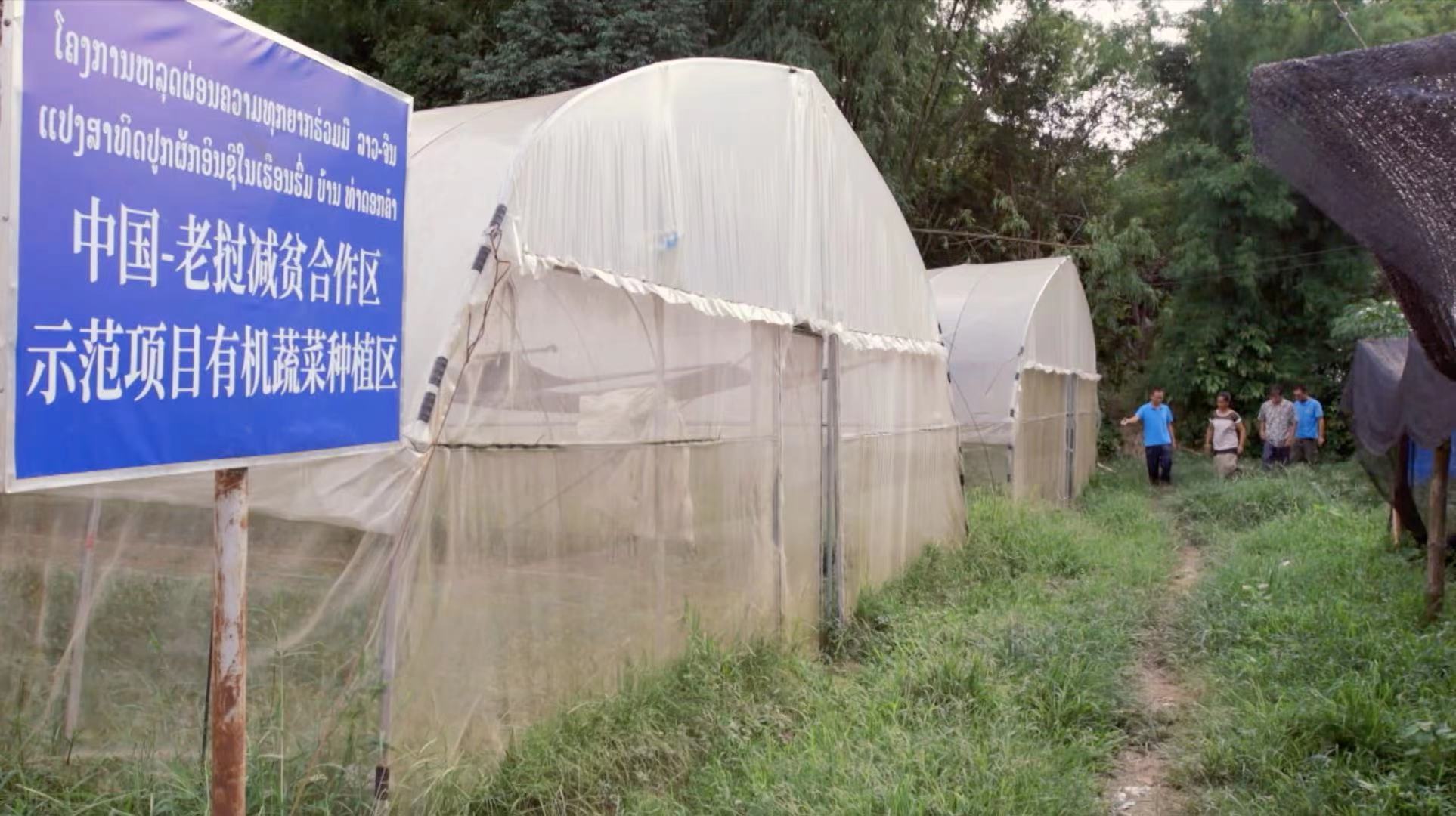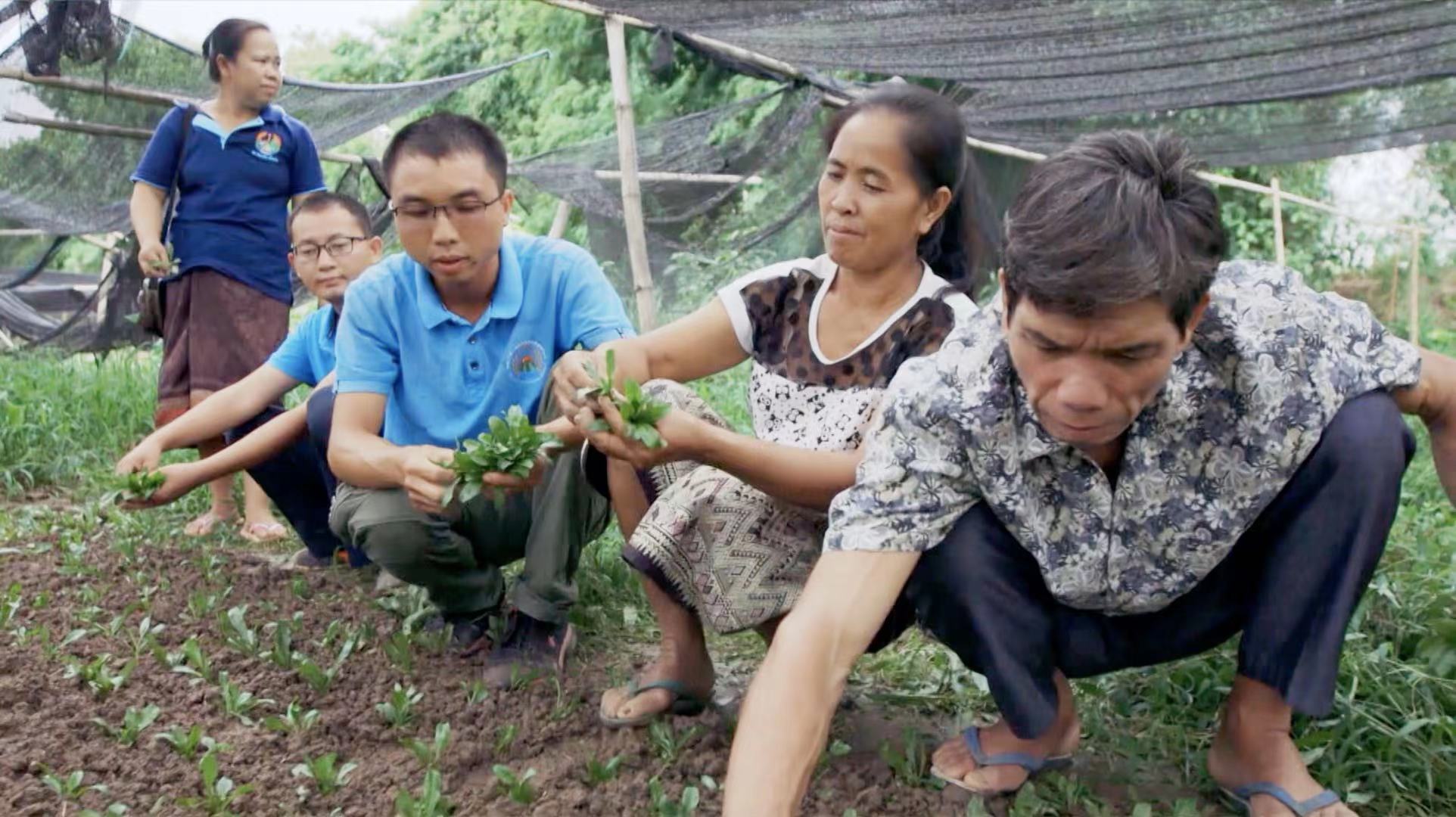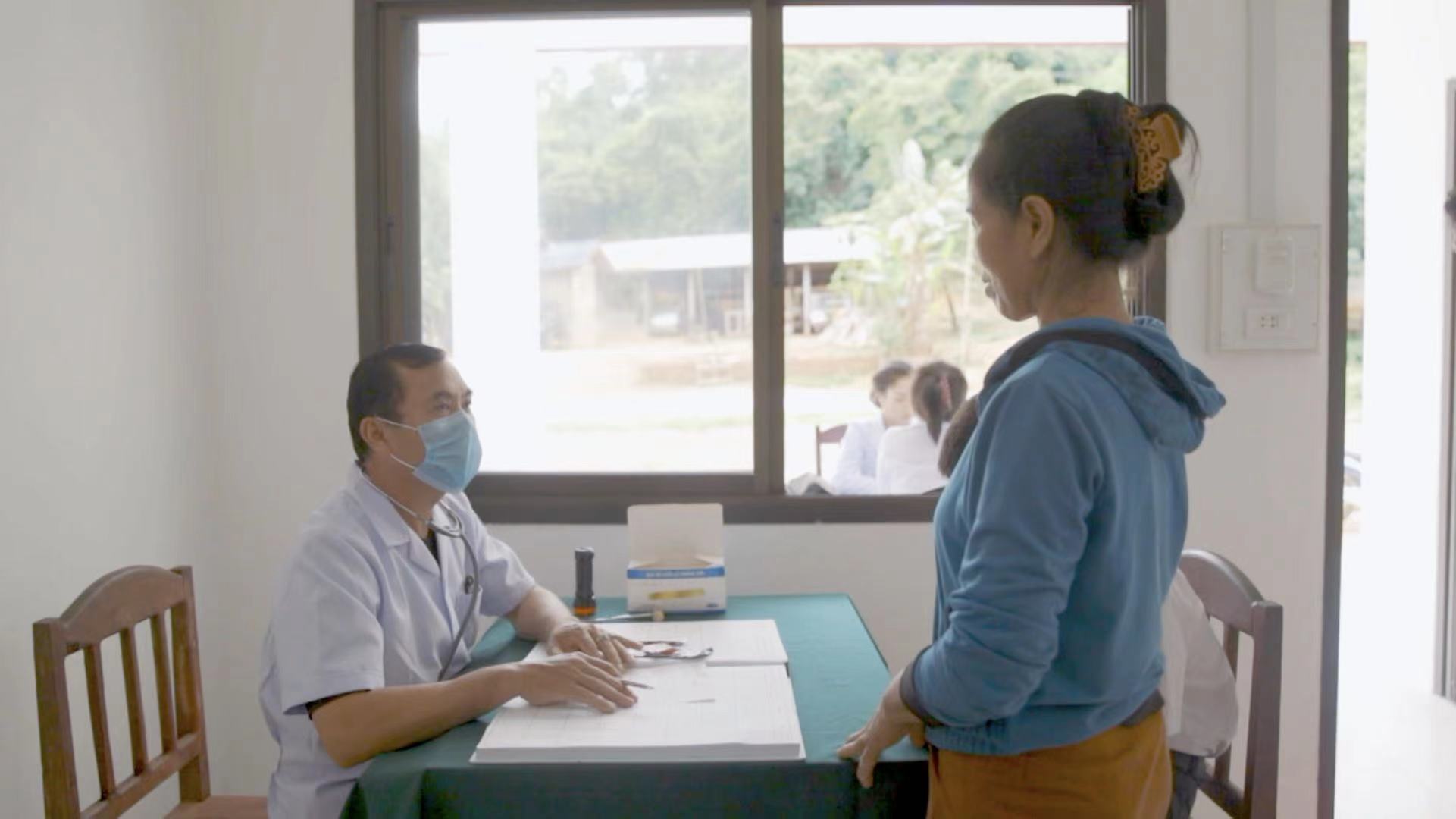Chinese President Xi Jinping recently announced China's eradication of extreme poverty, after the country managed to lift about 100 million people out of extreme poverty under the current standard.
"China has achieved the poverty eradication target set by the UN 2030 Agenda for Sustainable Development 10 years in advance," said Xi.
World Bank data showed China contributed over 70 percent, more than any other country, to global extreme poverty reduction.
Over the past decades, China also assisted other developing countries to fight against poverty with its successful experience.
06:10

At a high-level poverty reduction forum held in Beijing in 2015, Xi called on countries to build consensus on tackling difficulties and commit to reciprocal cooperation, with an objective of building a community of shared future for all of mankind.
Since 2015, China has doled out $3 billion to help developing countries implement the 2030 Agenda for Sustainable Development through the South-South Cooperation Assistance Fund, which is expected to reach a total of $12 billion in 2030.
Lending a helping hand
Targeted poverty alleviation, which is about promoting incomes, living standards and health of impoverished rural residents through comprehensive poverty reduction measures, is at the core of China's experience being promoted in other developing countries.
In December 2016, based on targeted poverty alleviation, a pilot project to help reduce poverty in East Asia, initiated by the International Poverty Reduction Center in China, was launched in Ban Xor, a hilly village in Laos.
A villager named Man, who was leading a poverty-stricken life, had spent all her savings on the treatment of her son suffering from a stomach disease.
Man's household was barely living off a small, rented land. Her situation exemplified that of many families in Lao's impoverished rural areas: no money, no land and mostly with a sick family member.
Considering their strong hands-on experience in farming, Man and her husband were taught greenhouse farming techniques by the Chinese team as part of the China-Laos joint poverty alleviation project.

The greenhouse area for organic vegetables set up under the China-Laos joint poverty alleviation project. /CMG
The greenhouse area for organic vegetables set up under the China-Laos joint poverty alleviation project. /CMG

The Chinese team working with Man and her husband (R) in the greenhouse area. /CMG
The Chinese team working with Man and her husband (R) in the greenhouse area. /CMG

The project also helped build a health center in the village, saving Man and her son monthly visits to the hospital in Vientiane, the capital city of Laos. /CMG
The project also helped build a health center in the village, saving Man and her son monthly visits to the hospital in Vientiane, the capital city of Laos. /CMG
The Chinese experts advised them to plant cilantro, which had a relatively stable price, and provided seedlings to them. They sold the harvest back to the project to maintain a stable income.
There are six Ban Xor-like villages in Laos, Cambodia and Myanmar carrying out poverty reduction work in accordance with China's targeted poverty alleviation model.
The quality of life in the six villages has witnessed substantial changes. Although on a small scale, the villages are the shining testimonies of poverty reduction cooperation among Southeast Asian countries.
Last year, the 23rd ASEAN Plus Three (China-Japan-Republic of Korea) Summit decided to continue poverty reduction cooperation projects in these three countries, hoping to expand the scope and help more impoverished people.
Besides agricultural support in Southeast Asia, China has carried out various measures in other developing countries, helping the locals achieve a better quality of life.
Since the 1960s, China has sent medical aid teams on a yearly basis to Zanzibar, an autonomous region consisting of islands in east Tanzania.
The Chinese-built Ethiopia-Djibouti standard gauge railway also helped create jobs in Ethiopia. Since 2015, Chinese companies have created some 900,000 jobs in Africa and provided technical or vocational training for over 200,000 people there.

